Home>Garden Essentials>How To Grow A Grape Seed
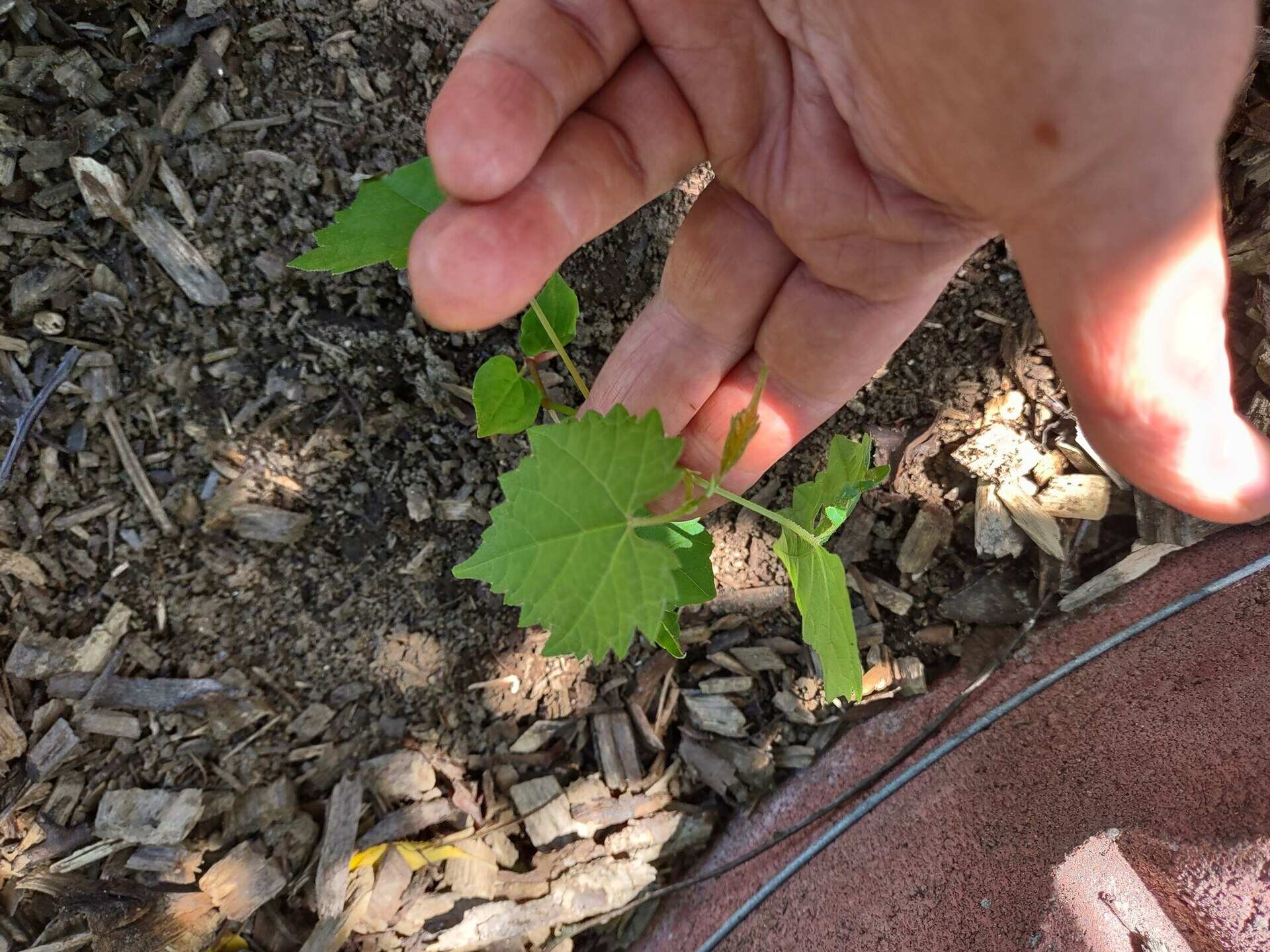

Garden Essentials
How To Grow A Grape Seed
Modified: August 17, 2024
Learn how to grow a grape seed in your garden and enjoy fresh and juicy grapes right at home. Discover the step-by-step process and expert tips!
(Many of the links in this article redirect to a specific reviewed product. Your purchase of these products through affiliate links helps to generate commission for Storables.com, at no extra cost. Learn more)
Introduction
Welcome to the world of grape cultivation! Growing grapes from seeds can be a rewarding and fulfilling experience. Whether you have a sprawling garden or a small balcony, grape seeds can be easily grown with a little planning and care.
In this article, we will guide you through the steps of growing grape seeds, from selecting the right seeds to harvesting your own juicy grapes. So, roll up your sleeves, put on your gardening gloves, and let’s get started on this exciting journey!
Grapes are one of the oldest cultivated fruits, with a history dating back thousands of years. They not only provide a delicious snack but are also used to make wine, juices, and jellies. By growing your own grapes, you can enjoy the fruits of your labor and savor the natural sweetness of homegrown grapes.
Before we dive into the steps, it’s important to note that growing grapes from seeds is a longer process compared to using cuttings or seedlings. However, it’s a great way to start from scratch and witness the complete life cycle of a grape plant.
Now, let’s move on to the first step – selecting the right grape seeds!
Key Takeaways:
- Growing grapes from seeds is a patient and rewarding process. Select high-quality seeds, prepare well-drained soil, and provide proper care to enjoy the sweet fruits of your labor.
- Patience and diligence are key to growing grapes from seeds. Soak, plant, and care for the seeds, and enjoy the satisfaction of nurturing your own grape plants to harvest.
Read more: How To Grow Grape Seeds
Step 1: Selecting the Grape Seeds
The first step in growing grapes from seeds is to select the right grape seeds. When it comes to choosing the seeds, you have two options: purchasing seeds from a reputable supplier or using seeds from freshly harvested grapes.
If you decide to purchase grape seeds, make sure to choose a reliable supplier who offers high-quality seeds. Look for seeds that are specifically labeled for cultivation purposes and have a good germination rate. It’s also helpful to select grape seed varieties that are well-suited for your climate and growing conditions.
On the other hand, if you have access to fresh grapes, you can collect the seeds from within the fruit. This can be done by cutting open a grape and carefully removing the seeds. Keep in mind that not all grape seeds will be viable, so it’s a good idea to collect a few extra seeds to ensure successful germination.
Once you have selected your grape seeds, it’s important to store them properly. Keep the seeds in a cool, dry place away from direct sunlight. You can also store them in a sealed container or airtight bag to maintain their moisture levels.
Now that you have the perfect grape seeds in your possession, it’s time to move on to the next step – preparing the soil.
Step 2: Preparing the Soil
Preparing the soil is a crucial step in ensuring the success of your grape seed growth. Grapes thrive in well-drained soil with a pH level between 6.0 and 6.5. Before planting the seeds, it’s important to prepare the soil to create the ideal growing conditions.
Start by choosing a sunny location for your grape seedlings. Grapes require at least 6 hours of direct sunlight per day to grow optimally. Once you have selected the spot, remove any weeds or grass from the area and clear the ground.
Next, loosen the soil using a garden fork or a tiller. This will help improve drainage and allow the roots to penetrate the soil easily. Remove any rocks, debris, or clumps of soil to create a smooth and level planting surface.
After preparing the soil, it’s time to amend it with organic matter. This can be done by incorporating well-rotted compost or aged manure into the soil. Organic matter not only improves the soil’s fertility but also enhances its ability to retain moisture, which is essential for the healthy growth of grape seedlings.
Once you have amended the soil, it’s important to test its pH level. You can use a soil testing kit or send a sample to a local agricultural extension service for analysis. If the pH level is too high or too low, you can adjust it by adding lime to raise the pH or sulfur to lower it.
Finally, ensure that the soil is well-drained, as grapes do not thrive in waterlogged conditions. If your soil has poor drainage, consider adding organic matter or creating raised beds to improve the drainage.
With the soil properly prepared, you are now ready to move on to the next step – planting the grape seeds!
Step 3: Planting the Grape Seeds
Now that you have prepared the soil, it’s time to plant the grape seeds. Follow these steps to ensure successful germination and growth of your grape seedlings:
- Soak the seeds: Before planting, it’s beneficial to soak the grape seeds in water for 24 hours. This helps to soften the seed coat and improve germination rates.
- Create planting holes: Using your finger or a small tool, create planting holes in the soil. The holes should be around 1-2 inches deep and spaced apart to provide enough room for each seedling to grow.
- Plant the seeds: Place a soaked grape seed in each planting hole and cover it with soil. Gently press down the soil to ensure good seed-to-soil contact.
- Water thoroughly: After planting, give the newly planted seeds a thorough watering. This will help settle the soil and provide the necessary moisture for germination.
- Label your planting area: It’s a good idea to label the area where you planted the grape seeds. This will help you keep track of the different varieties and their growth progress.
- Provide proper care: Keep the soil consistently moist but not waterlogged. Regularly check the moisture level and water as needed to ensure the seeds do not dry out.
Remember, germination time can vary depending on the seed variety and conditions. It typically takes anywhere from a few weeks to a couple of months for the seeds to germinate and emerge as seedlings.
As the seedlings start to grow, it’s important to provide them with adequate sunlight and protection from extreme weather conditions. Once they reach a suitable size, they can be transplanted to their permanent growing location, such as a larger container or an outdoor garden bed.
Now that you have successfully planted the grape seeds, it’s time to move on to the next step – providing proper care and maintenance.
Plant grape seeds in well-draining soil, keep them moist, and place in a sunny spot. Once they sprout, transplant to a larger container or outdoors. Prune and train the vines as they grow.
Step 4: Providing Proper Care and Maintenance
Proper care and maintenance are vital for the healthy growth and development of your grape plants. Follow these guidelines to ensure your grape seedlings thrive:
- Watering: Provide regular watering to keep the soil consistently moist, especially during dry periods. Avoid overwatering, as excess moisture can lead to root rot. Mulching around the plants can help retain moisture and suppress weed growth.
- Training and Support: As the grape plants grow, provide a trellis, arbor, or fence for support. This helps the vines to grow vertically and provides better air circulation, reducing the risk of disease and improving fruit production.
- Pruning: Prune the grape vines during the dormant season to remove dead or damaged wood and to shape the plants. Pruning helps maintain the health of the plants and promotes better fruiting.
- Fertilizing: Apply a balanced fertilizer formulated for grapes in the early spring and late summer. This provides the necessary nutrients for healthy plant growth and fruit production. Follow the label instructions for proper application rates.
- Pest and Disease Control: Keep an eye out for common grape pests such as aphids, birds, and fungal diseases like powdery mildew. Use organic pest control methods or consult a local gardening expert for appropriate treatments.
- Weed Control: Regularly remove weeds from around the grape plants to reduce competition for resources and prevent pest habitats. You can use mulch or manual weeding methods to keep the area weed-free.
Throughout the growing season, monitor the health of your grape plants and address any issues promptly. Providing proper care and maintenance will give your grape plants the best chance of producing a bountiful harvest.
Now comes the exciting part – harvesting the grapes!
Read more: How To Grow Grapes From Seed
Step 5: Harvesting the Grapes
After months of care and patience, your grape plants are finally ready to reward you with a delicious harvest. Here are some tips for successful grape harvesting:
- Timing: The timing of grape harvest is crucial for optimal flavor and sweetness. Grapes are typically harvested when they reach their full color and have a slightly soft texture. Different grape varieties have different maturation times, so it’s important to know the specific characteristics of your grape plant.
- Harvesting method: Grapes can be harvested by gently twisting the grape bunches off the stem or by using pruning shears to cut the entire cluster. Be careful to handle the grapes gently to avoid damaging the fruit.
- Storing grapes: Grapes are best consumed fresh, but if you have an abundance of grapes, they can be stored in the refrigerator for a short period. Place them in a perforated plastic bag or in a container with a damp paper towel to maintain their freshness.
- Enjoying your harvest: Once you have harvested your grapes, take a moment to savor the fruits of your labor. Grapes can be enjoyed as a healthy snack, used in salads, turned into juice or jelly, or even used for winemaking if you have enough grapes.
Remember, growing grapes is a continuous process, and after harvesting, your grape plants will go through their dormant phase before starting a new growth cycle. Proper pruning and care during this period are essential to set the stage for a successful next season.
By following these steps and providing the necessary care, you can enjoy the satisfaction of growing your own grapes and relish in the beauty and flavors of homegrown fruit.
Congratulations on successfully growing grapes from seeds! We hope this guide has been helpful, and may your future grape-growing endeavors be fruitful and enjoyable!
Happy gardening!
Conclusion
Growing grapes from seeds is a rewarding and fulfilling journey that allows you to witness the magical transformation of a tiny seed into a thriving grape plant. With the right selection of grape seeds, proper soil preparation, and diligent care, you can enjoy the fruits of your labor in the form of juicy, homegrown grapes.
From selecting high-quality grape seeds to preparing the soil and providing proper care, each step in the process contributes to the success of your grape seedlings. Remember to choose a sunny location, maintain proper soil moisture, provide support for the vines, and address any pest or disease issues promptly.
Throughout the growing season, you will witness your grape plants flourish, with lush foliage and clusters of grapes hanging from the vines. The anticipation of the harvest will keep you motivated and excited, and finally, the moment will arrive when you can taste the sweet, flavorful grapes that you have nurtured from seed to fruit.
Growing grapes from seeds is not only a practical endeavor but also a deeply satisfying one. It allows you to connect with nature, appreciate the wonders of plant life, and enjoy the fruits of your labor. Whether you have a big backyard or a small balcony, you can experience the joy of cultivating your own grape plants and relish in the beauty and flavors of homegrown grapes.
So, why not embark on this exciting journey of growing grapes from seeds? Start by selecting the right grape seeds, preparing the soil, planting the seeds, providing proper care and maintenance, and finally, harvesting the grapes. Remember to stay patient, keep learning, and adapt your approach as needed.
Now, it’s time to put your gardening gloves on, grab your gardening tools, and get started on your grape-growing adventure. Enjoy the process, embrace the challenges, learn from your experiences, and revel in the joy of growing your own grapes.
Happy gardening and may your grape harvest be plentiful and delicious!
Frequently Asked Questions about How To Grow A Grape Seed
Was this page helpful?
At Storables.com, we guarantee accurate and reliable information. Our content, validated by Expert Board Contributors, is crafted following stringent Editorial Policies. We're committed to providing you with well-researched, expert-backed insights for all your informational needs.

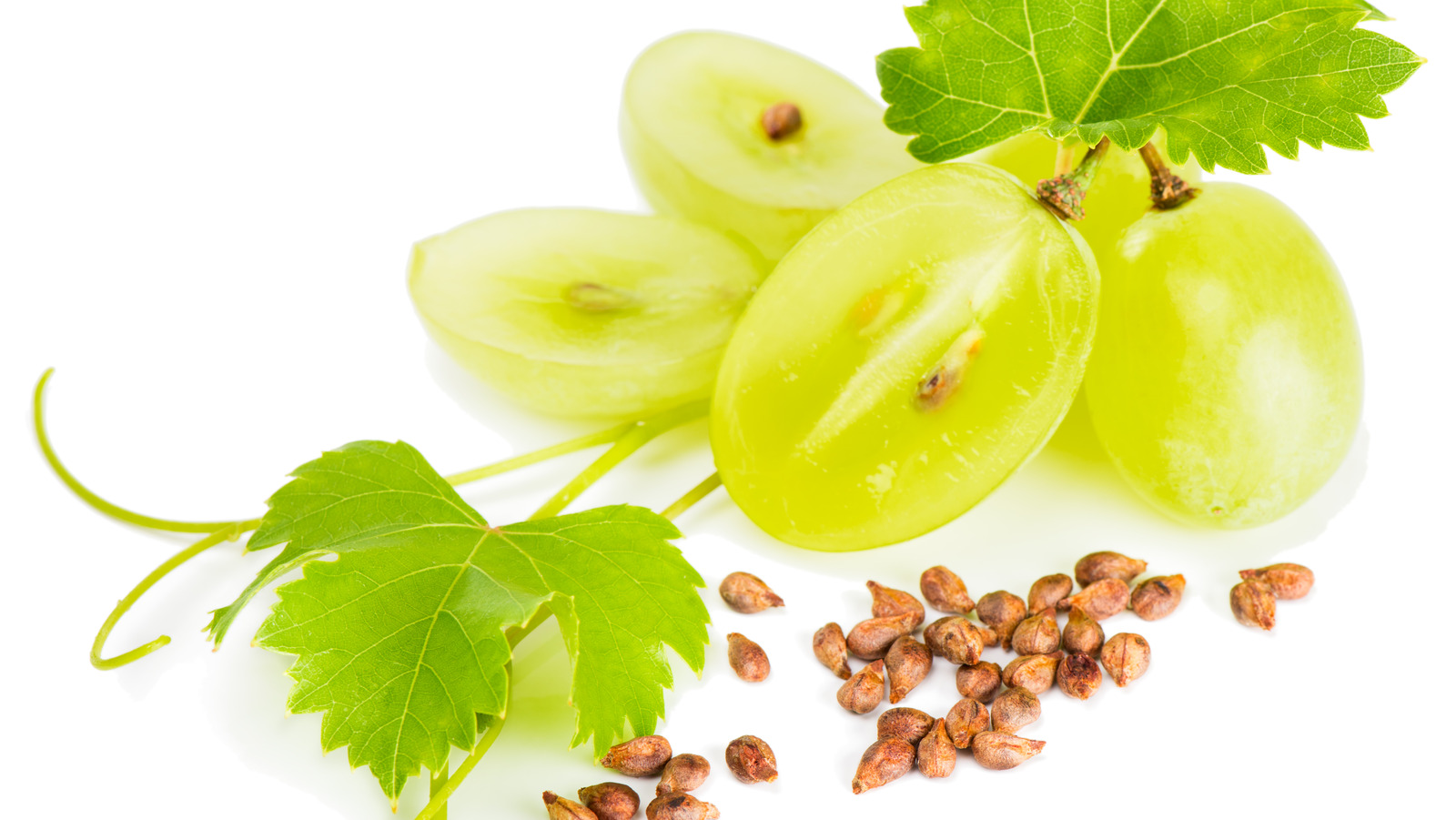


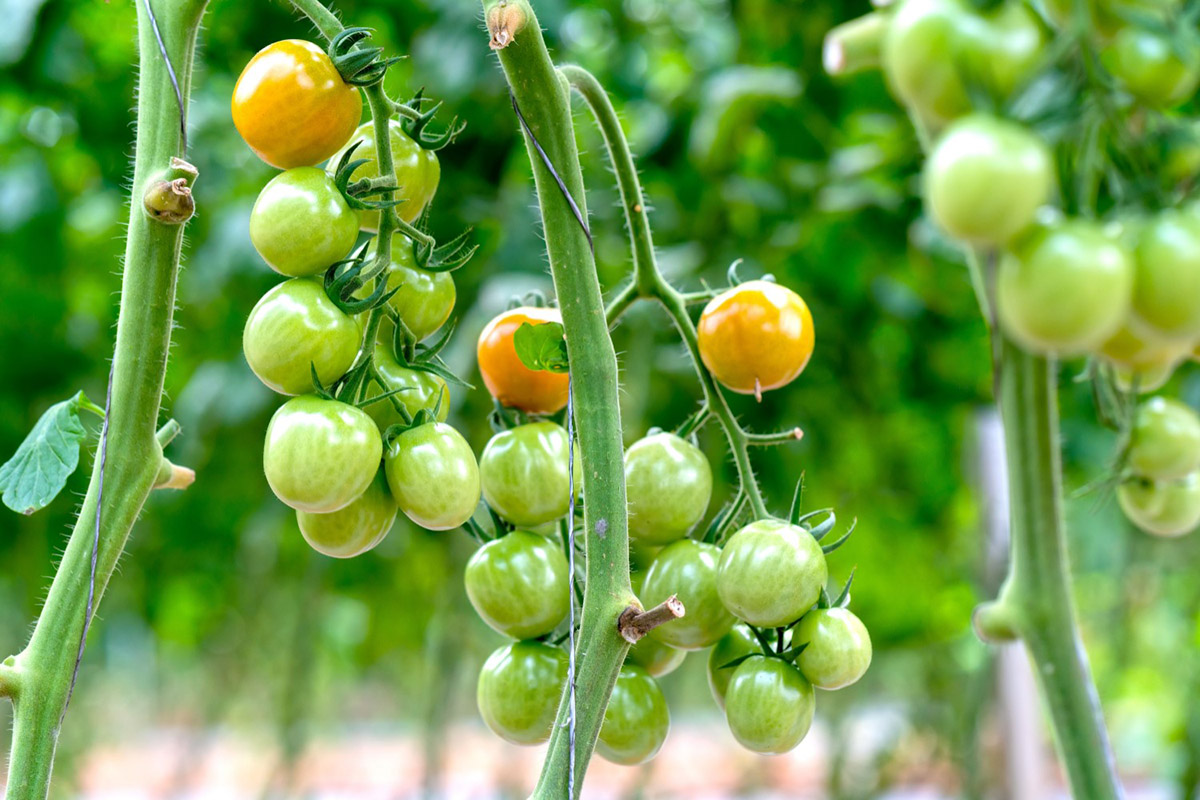



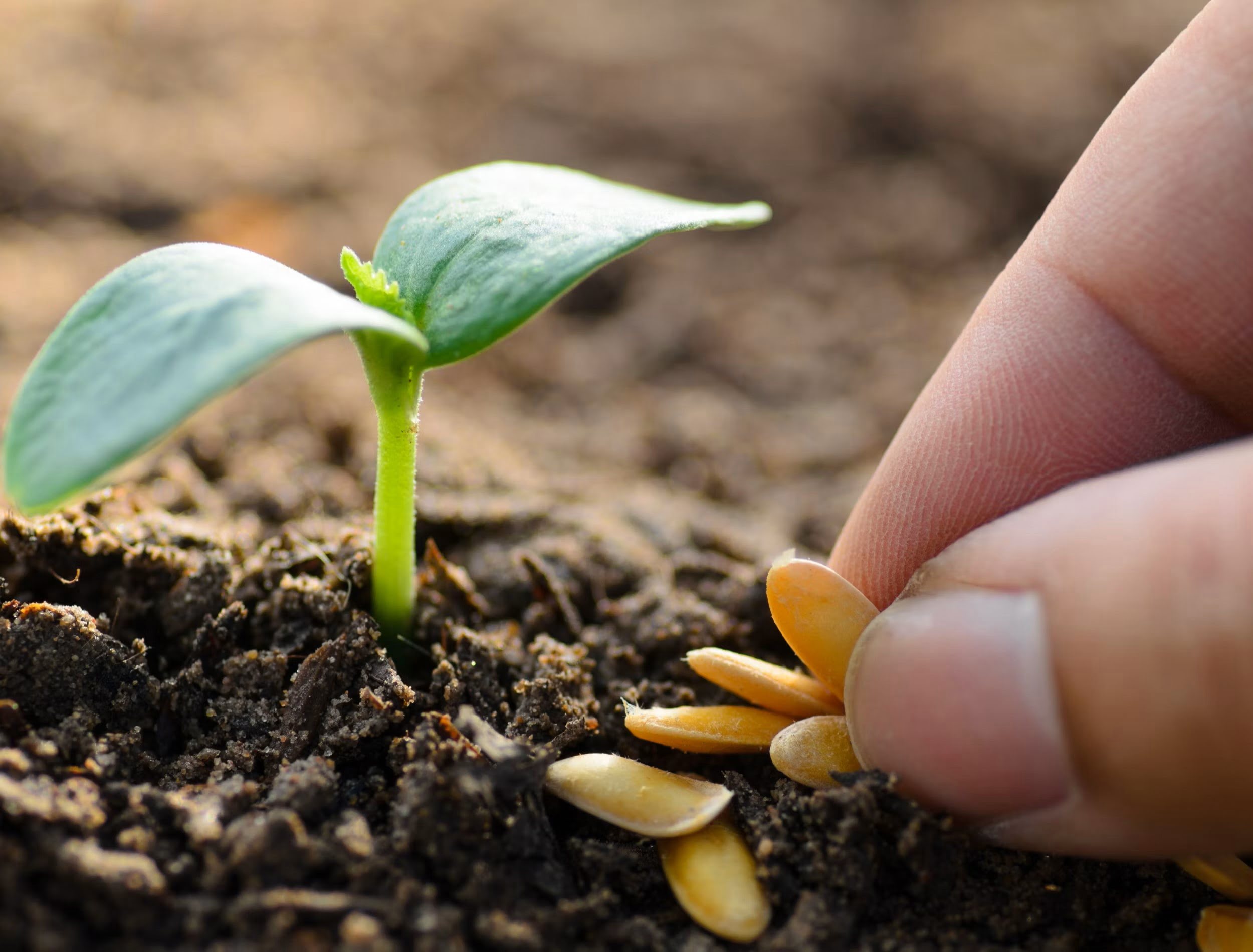


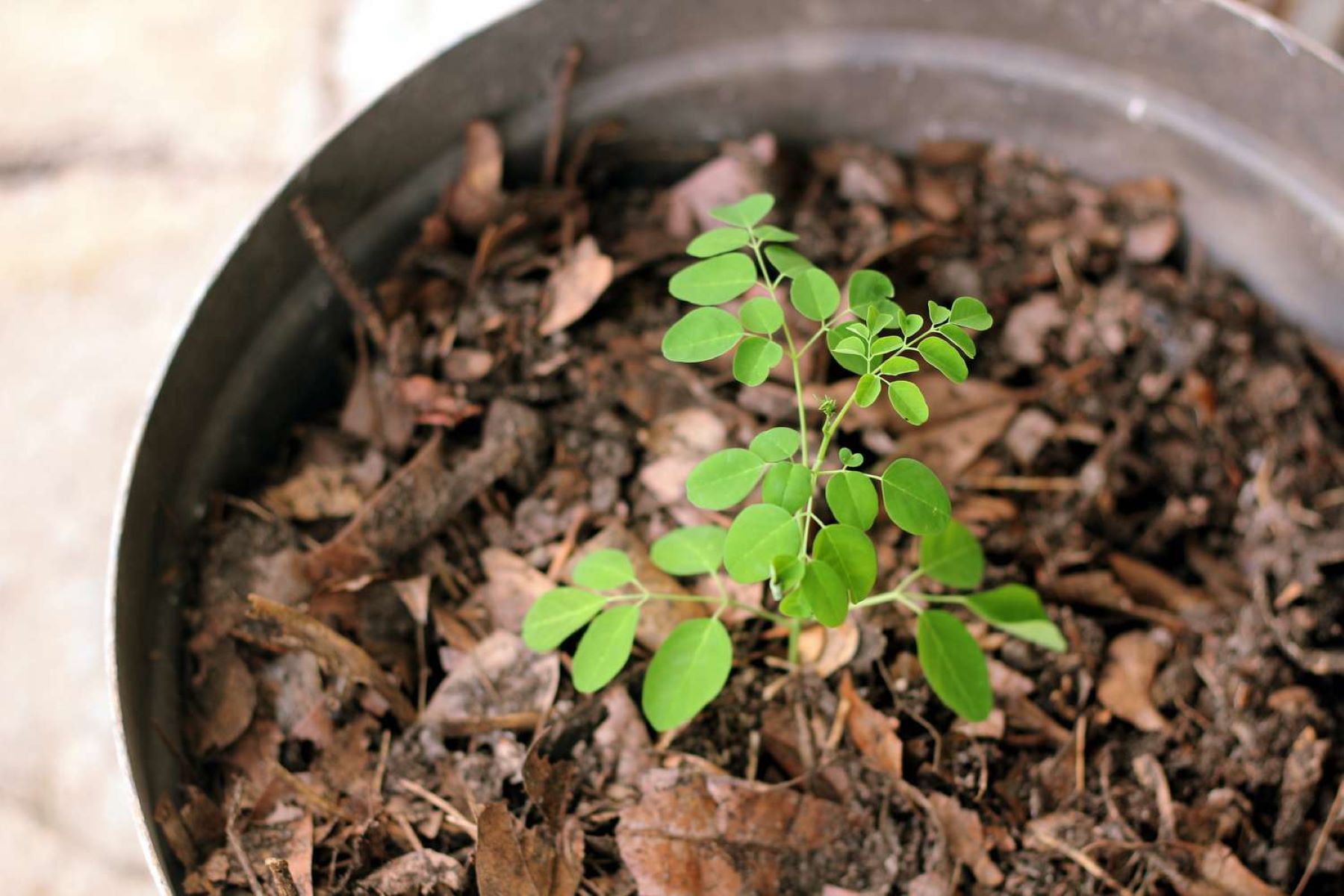
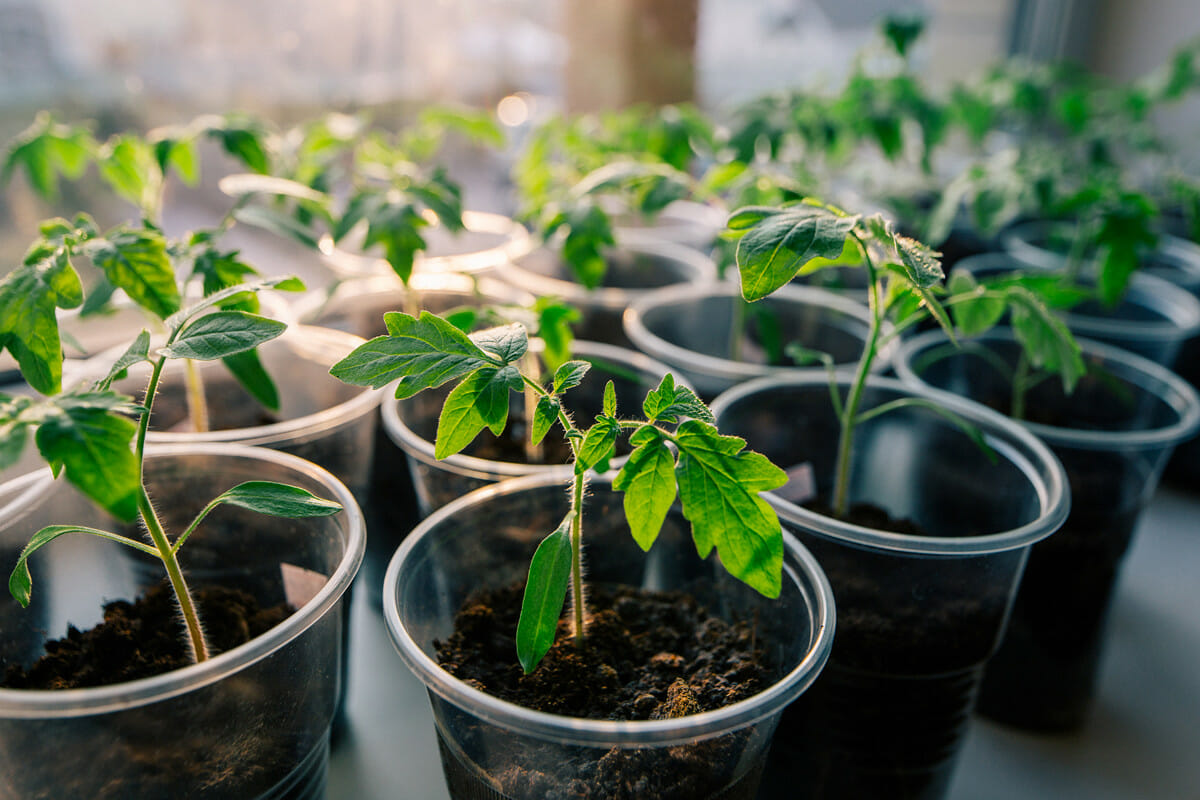
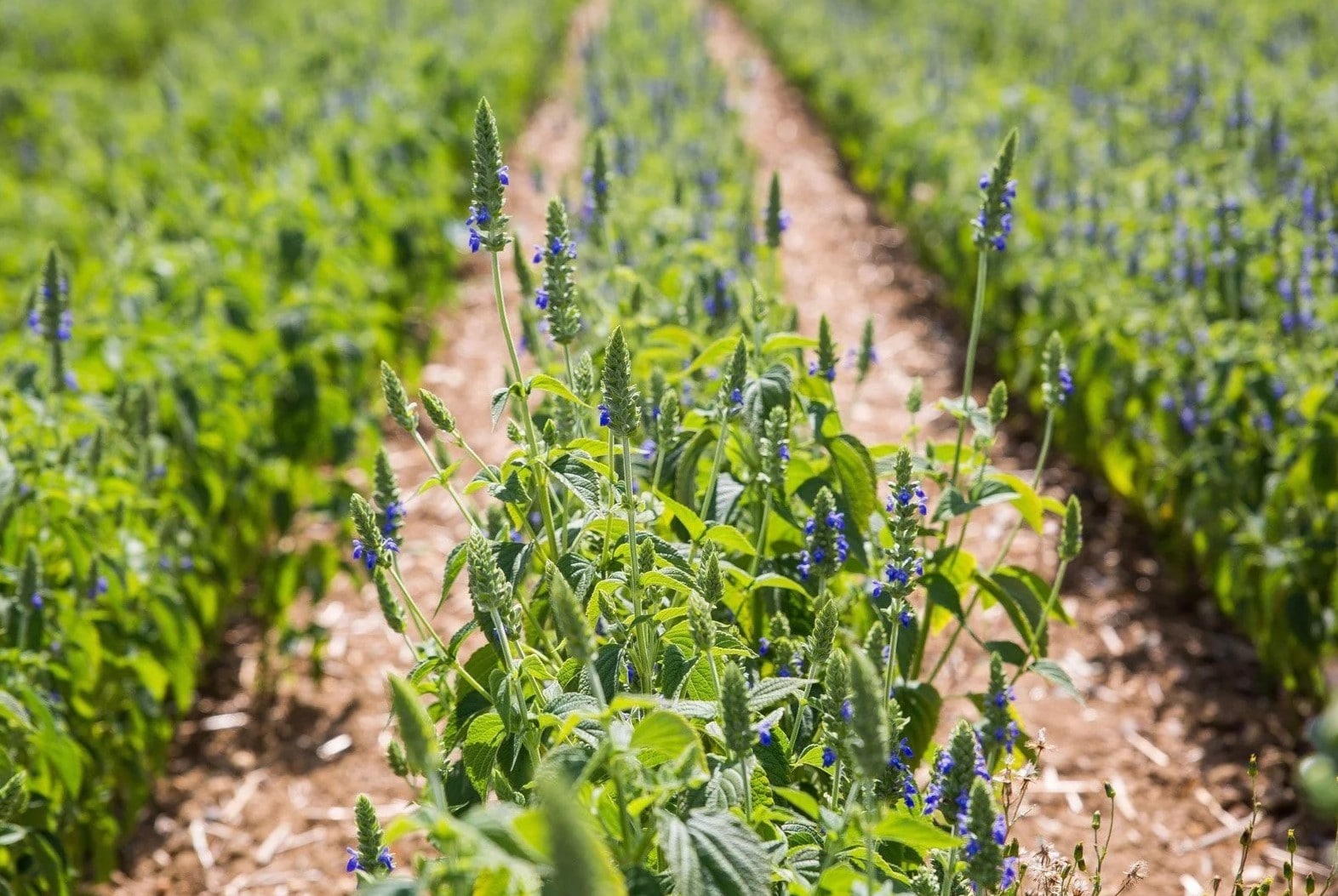

0 thoughts on “How To Grow A Grape Seed”